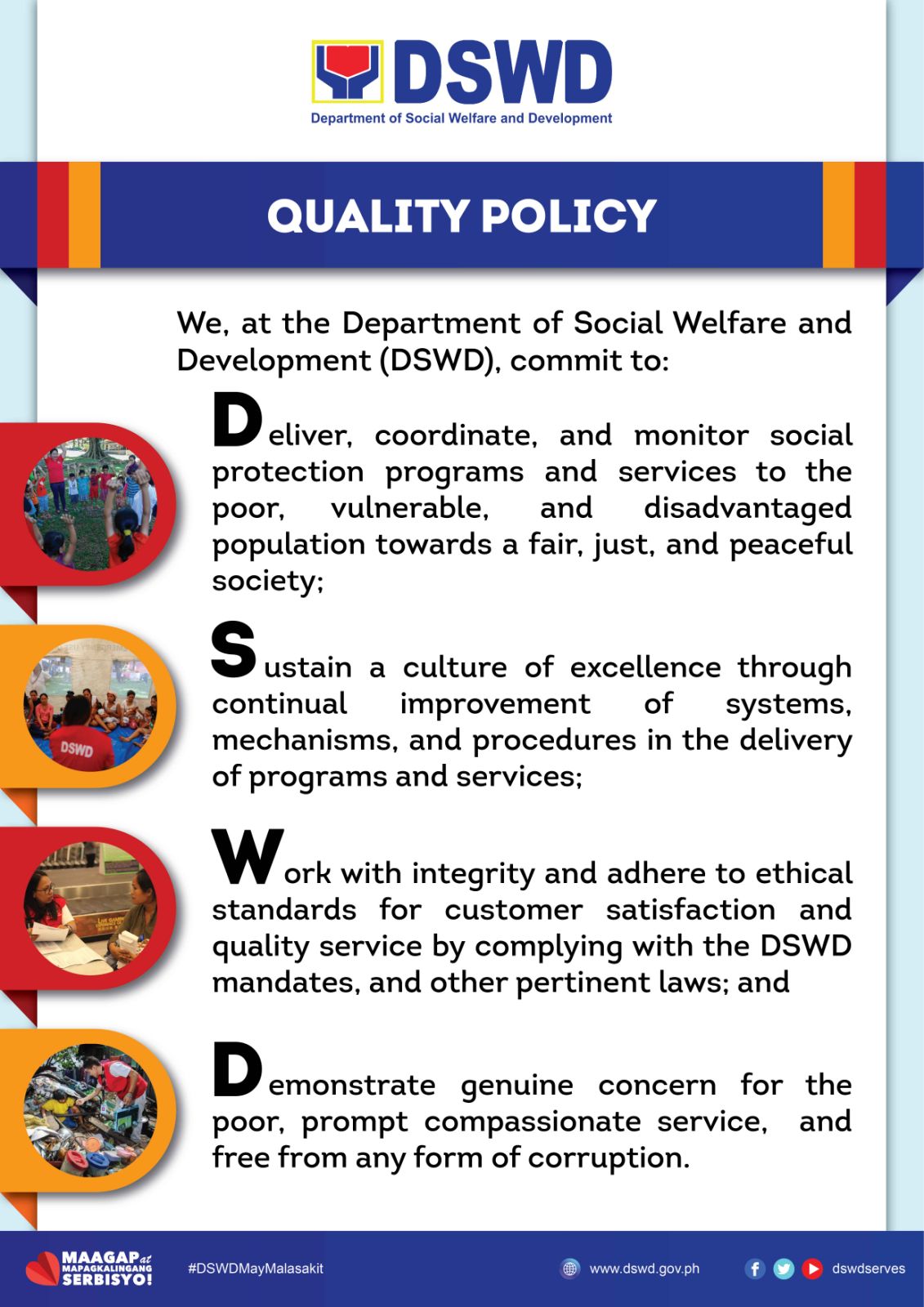Along the stretch of the Bicol River lie the Municipality of Camaligan, Camarines Sur.
Early inhabitants of Camaligan used to craft canoes not only to navigate their way along the river, but also to venture out towards San Miguel Bay where the Bicol River terminates.
Named after the many canoe sheds or “kamalig” that can be found throughout the area as far back as the early 1700s, the town’s history and culture is deeply connected to its relationship with the Bicol River.
To this day, the Bicol River still plays a vital role in the lives of Camalig’s residents. Its waters irrigate the town’s expansive rice paddies, allowing for bountiful harvests. The river is also the centerpiece of the town’s tourism industry through the Camaligan River Park and the Camaligan River Cruise serving as core attractions.
But what the river may provide, it may also take away.
Being part of the larger Bicol River Basin, the Bicol River collects and drains water from almost the entirety of the province of Camarines Sur. Given this, flooding is a major natural hazard for areas along the Bicol River’s banks, including Camaligan, whenever typhoons hit the province.
Unfortunately, the Bicol region is regularly hit with typhoons. In 2020 alone, three typhoons successively hit Camaligan in the span of 17 days. Typhoon Molave (Quinta) struck first. A week later came Super Typhoon Goni (Rolly). After 10 days, Typhoon Vamco (Ulysses) wreaked havoc.
The onslaught from the successive typhoons flooded the Bicol River. Its waters flowed through and submerged not only Camaligan’s rice paddies, but also several homes near the river’s banks.
In Brgy. Sua, one of Camaligan’s riverside barangays, the flood took weeks to subside. Some areas in the barangay had to wait for months before the water finally receded.
Residents of Brgy. Sua who were affected the most by the flooding took shelter in the two-storey evacuation center built through DSWD’s KALAHI-CIDSS program.
Rising through Collective Action
Before KALAHI-CIDSS was implemented in Camaligan, Brgy. Sua’s residents are stricken with fear whenever there is news about an oncoming typhoon that is about to hit the Bicol region.
Norma Villere, barangay kagawad in Brgy. Sua shared that “Ang kaba naandoon tuwing may kalamidad.” (I am nervous whenever there are calamities.)
She added that “kung may bagyo, noong araw, kasi wala pang KALAHI, tuwing darating ang bagyo, ang dibdib ko pati sa mga anak ko, kumakaba talaga kasi wala kaming masisilungan.” (Whenever there is a typhoon - before KALAHI - every time there is a typhoon, my children and I are always nervous because we don’t have a place to take shelter.)
Salvacion Alayan, a KALAHI-CIDSS community volunteer in Brgy. Sua, narrated her family’s experiences before the evacuation center was built. “Kadtong udma pa po ning evacuation center, nagpayag-payag po kami duman sa... ini po kayang tinampo duwang area po, inapod po kami digdiyong taas-baba po. Ah ayan pong taas na yan, yan po idtong sinasabi nindang irrigation road, halangkaw po yan yaon po kami diyan haros po ahh mga siguro po mga labi po kaming 2 weeks na nagpaparayag payag po diyan dahil ang baha po digdi samuya talagang nagbabaha hararom po, tas mayo po kaming ibang masasapnayan kang samuyang mga kagamitan po.” (The roads here are composed of two areas which we call high and low. The high area is what they call the irrigation road which is elevated. Before the evacuation center was built, we set up a makeshift shelter and stayed at the irrigation road for more than two weeks because the flood level in our area was really deep and we didn’t have any place to keep our belongings.)
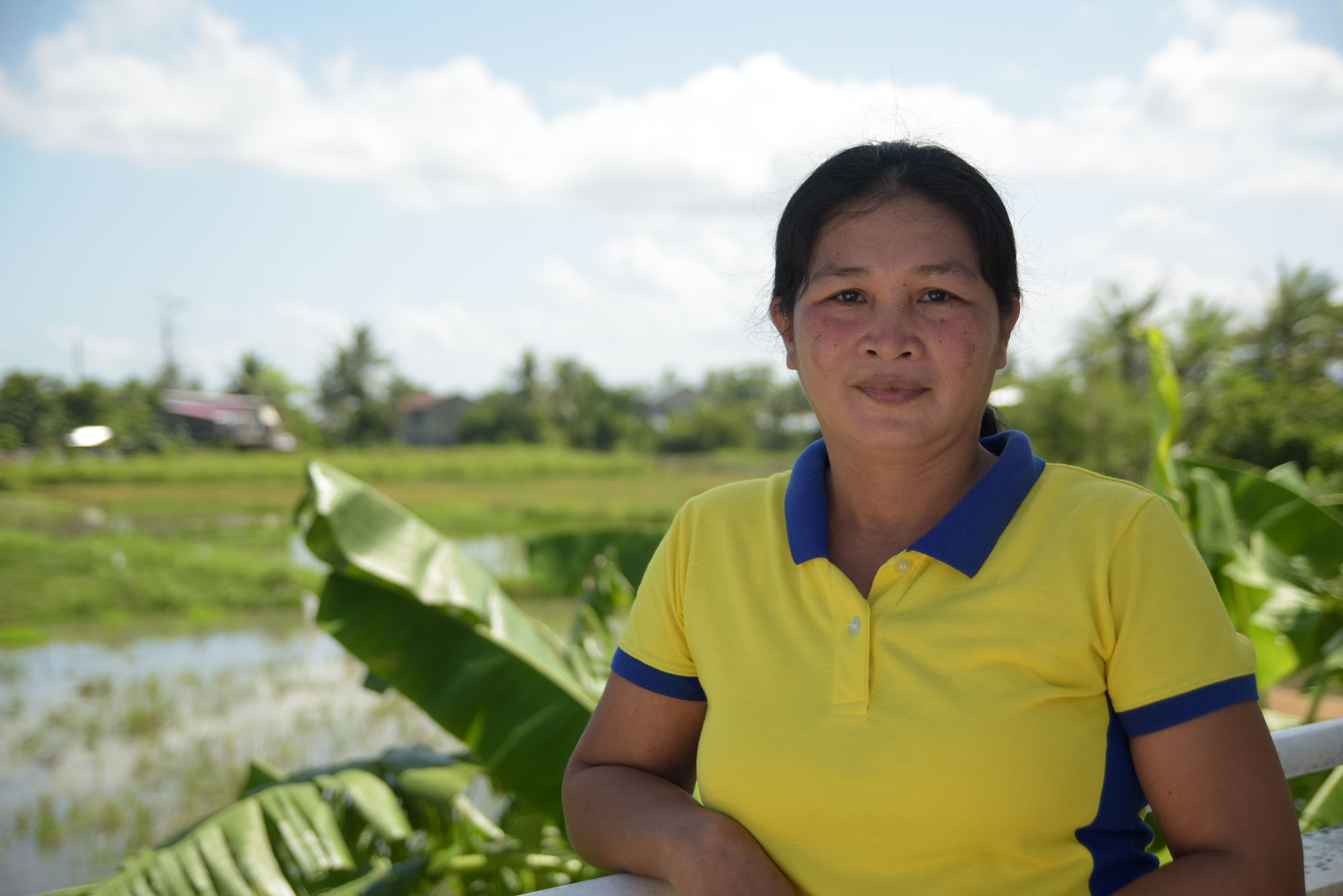
When KALAHI-CIDSS began its implementation in Camaligan, Bgry. Sua’s proposal to build a school building was one of the first subprojects prioritized by the town.
Tomasa Aguilar, former BSPMC Chair, shared that “dalawa yung naging project namin. Una, yung 1 building, 2 classroom. Ang building ng KALAHI sa Sua Elementary School ang pinaka-matatag na building sa Sua tsaka talagang elevated sya. Kasi ang Sua Elementary School ay lowland kaya inelevate ng KALAHI.” (We had two subprojects. First is the one-building, two-classroom school building. KALAHI’s building in Sua Elementary school is the sturdiest building there and it’s elevated. It’s because Sua Elementary School is in a lowland so they elevated the KALAHI building.)
During the succeeding implementation cycle, Brgy. Sua’s proposal for an evacuation center in Sitio Tampak was prioritized.
“Tinanong namin, ang sabi ng mga tao doon, ang kailangan nila talaga evacuation center kasi pag may bagyo, wala silang mapupuntahan. Walang matutuluyan. Kaunti lang ang may mga concrete ang bahay at tsaka mababa eh ang tubig pag tumaas talaga, grabe. So naisipan namin, nag convene kami with barangay officials at pinriotize namin ang evacuation center.” (We asked and the people there said that they really need an evacuation center because whenever there are typhoons, they have nowhere to go. They have nowhere to stay. There’s only a few concrete houses and they’re not elevated enough when the floodwater rises. So we thought, we convened with the barangay officials and we prioritized the evacuation center.) Tomasa added.
According to Servando Sta. Ana, Punong Barangay of Brgy. Sua, the evacuation center was prioritized because the alternative was oftentimes unavailable to them.
“Yung sa KALAHI-CIDSS sa Sitio Tampak, ang pinili namin yung evacuation center dahil ang mga tao doon nahihirapan mag evacuar papunta sa fishing port. Ang fishing port kasi malapit sa sitio tampak eh minsan sarado ang fishing port, hindi makakapasok ang mga tao.” (With the KALAHI-CIDSS subproject in Sitio Tampak, we chose an evacuation center because the people have a hard time evacuating to the fishing port. The fishing port is nearby Sitio Tampak but it's oftentimes closed and people cannot come in to take refuge.) Shared Servando.
Moreover, while the school building from the previous KALAHI-CIDSS implementation cycle was also envisioned as an evacuation center during typhoons, residents were reluctant to seek refuge there due to its close proximity to the Bicol River. Brgy. Sua’s elementary school is located along the banks of the Bicol River.
When Brgy. Sua’s residents got Camaligan’s nod, they proceeded to build the evacuation center. Much like every empowered community, Brgy. Sua’s accomplishments were a product of the community’s collective actions and their zeal for volunteerism.
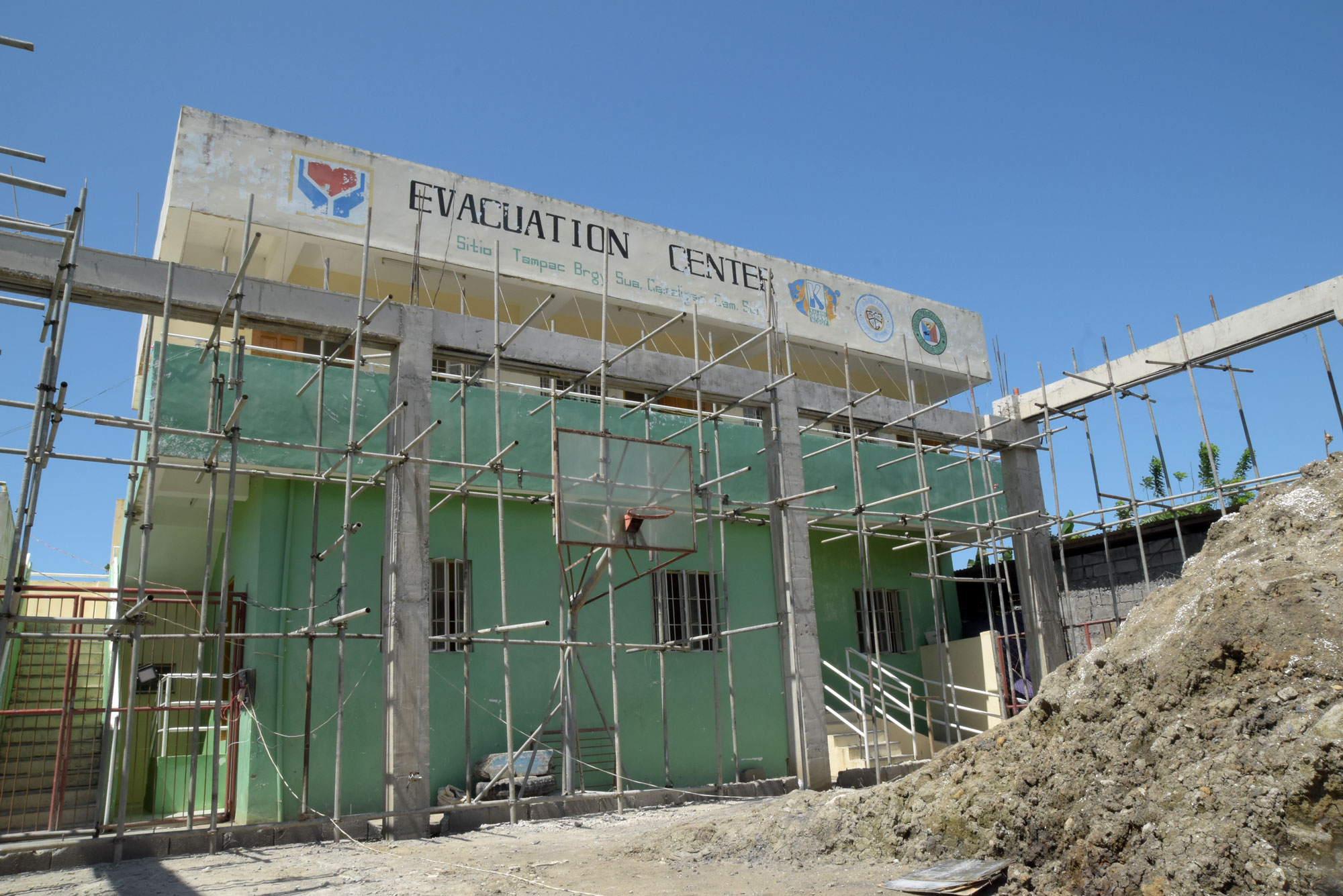
A beaming Salvacion noted how volunteerism is strong in Brgy. Sua. “Ang kagandahan naman po dito sa amin may mga tao talagang willing… willing po na mailagay po namin ng tama, maayos.” (What’s good here in our community is that the people are really willing… They’re willing to do things correctly and properly.)
“Madami po ditong community volunteer na may magandang kalooban na tumulong samin, kahit nga po noon may dumadating na mga senior citizen po na mga kaya pa naman kumilos. Kahit po magputol ng alambre, mag-abot ng balde o magpuno ng tubig sa drum, nagtutulong-tulong po kami dito.” (Here, there’s a lot of kind-hearted community volunteers extending their help. There were even senior citizens who volunteered to do whatever they can. They cut wires, hand over buckets or fill drums of water. We all helped each other.) Salvacion added.
Rising through Transparency and Accountability
Community participation is but one of the three principles that make Community-Driven Development (CDD) an effective strategy for community empowerment and sustainable and inclusive development. Transparency and accountability are the two other principles that complete CDD.
These principles are interconnected such that one cannot be achieved without the other.
Brgy. Sua’s experience in constructing their evacuation center exemplifies how these principles interact with each other.
Tomasa shared that during the subproject implementation for the construction of the evacuation center, there was an attempt to rig the bidding process.
“Jan sa Evacuation Center, na-test hindi lang ako kahit ang mga kasamahan ko, doon na test kung hanggang saan ang aming integridad lalo na pagdating sa pera. Parang may ima-manipulate sana ang bidding system pero ako, as BSPMC Chair, hindi ako sang ayon.” (Constructing the evacuation center really tested our integrity, especially when it comes to money. There were some who were trying to manipulate the bidding system but as BSPMC Chair, I didn’t agree to it.) Tomasa narrated.
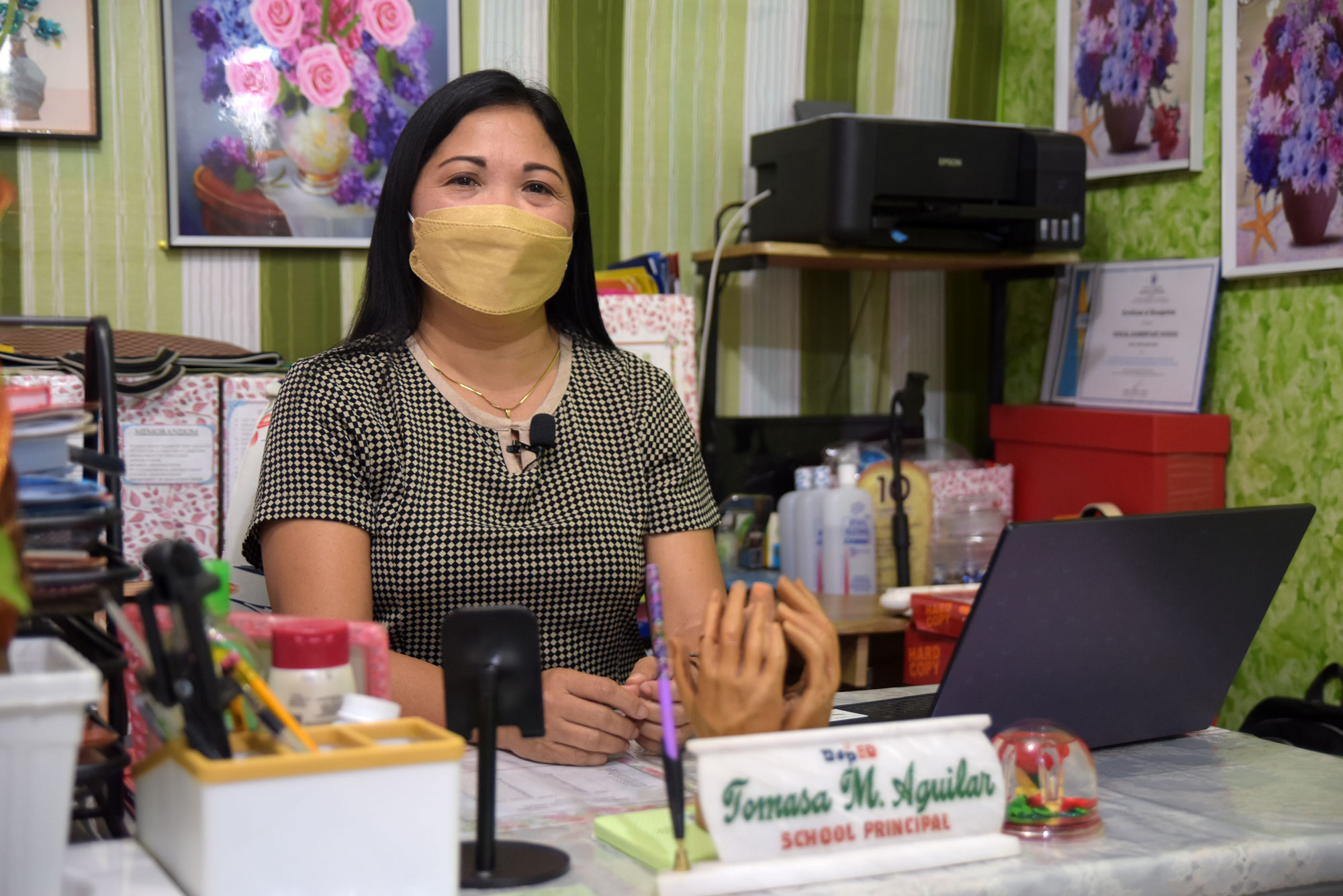
According to Tomasa, she couldn’t, in good conscience, agree to the rigged bidding because if these suppliers would use substandard materials, the structural integrity of the evacuation center would suffer. “Pano pag may tao na doon at nag collapse yung building? Syempre konsensya ko yon.” (What if the building collapses while people are in there? Of course that’s on my conscience.) She added.
Having been instilled with the values of CDD through KALAHi-CIDSS, Tomasa insisted on enforcing the proper procedures for the subproject implementation.
Tomasa narrates that in CDD, “lahat binibigyan ng pagkakataon. Gaya ng sa bidding, nagiging open at transparent at walang kinikilingan.” (everyone is given an opportunity. Like in bidding, it becomes transparent and fair.)
Since everyone is given a chance to participate, all transactions remain transparent and open to everyone’s scrutiny and by maintaining transparency, each and everyone involved in the subproject is held accountable.
“Kung my favoritism tayo, gaya ng sa mga bidders, walang mangyayaring magandang bunga kasi meron nang pag uusap sa loob eh. Pero ang KALAHI-CIDSS, hindi. Talagang transparent, lahat involved, open sa lahat kung sino ang gusto so maganda yung approach.” (If there is favoritism in the bidding, nothing good will ever come out because there’s already an internal arrangement. In KALAHI-CIDSS, it’s very transparent. Everyone is involved. It’s open for everyone so it’s a good approach.) Tomasa added.
Rising for a Better Tomorrow
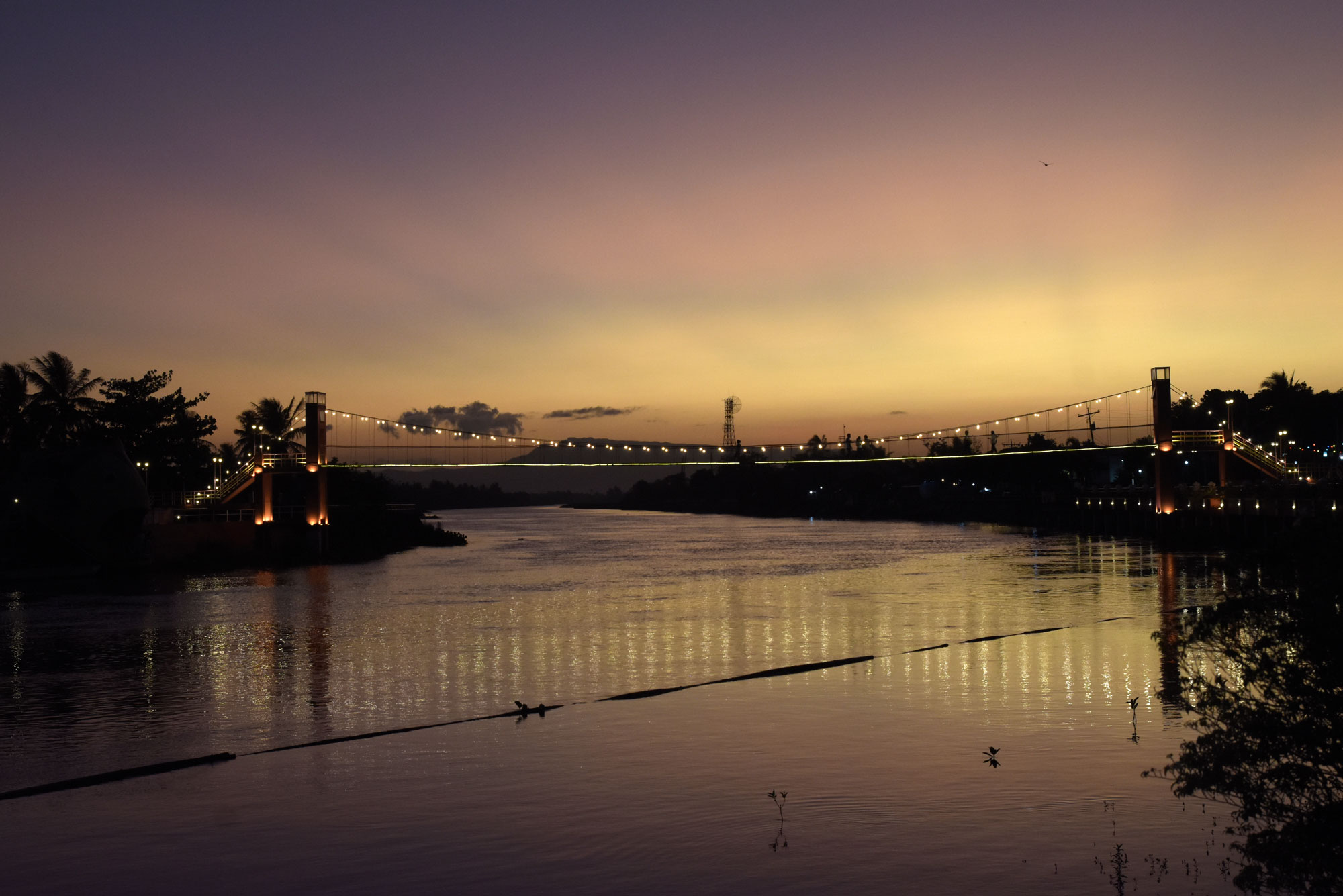
The two-storey evacuation center in Brgy. Sua is one of its kind not only in Camaligan, but probably in the entire province of Camarines Sur. It stands as a symbol for the community’s dedication to CDD and its principles.
Not only did the subproject implementation unify Brgy. Sua’s citizens, it has also taught them how powerful communities become when they use CDD to deliver long-lasting positive change.
“Nagkaroon ng unity and cooperation ang mga tao.” (The people learned unity and cooperation.) Tomasa said.
“Namulat ang mga tao na pwede sila magkaroon ng project na tayo ang magpapalakad… and namumuno ay ang community.” (The people realized that they can have a project where we, the community, are in charge… The leaders are the community itself.) She added.
Brgy. Sua’s journey led them to the construction of a two-storey evacuation center. Now, its residents stand proud, ready to take on the challenges the Bicol river might pose in the future.


